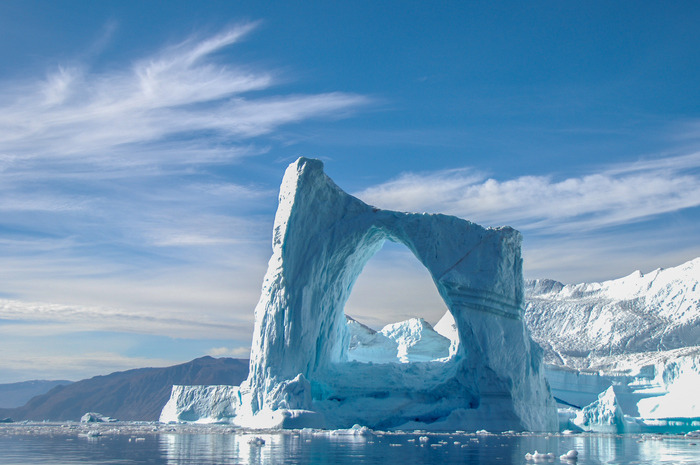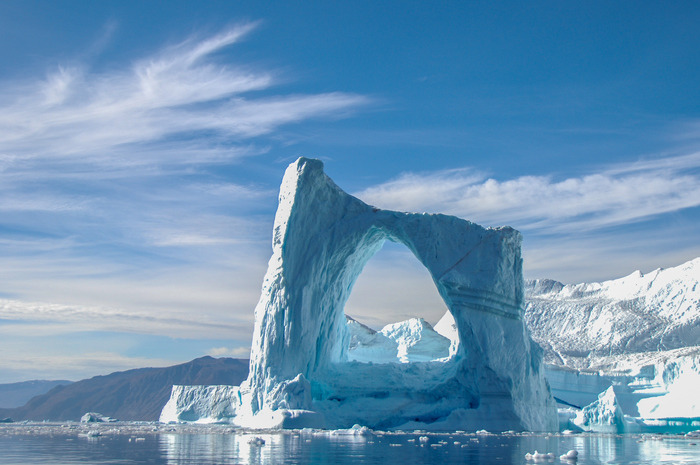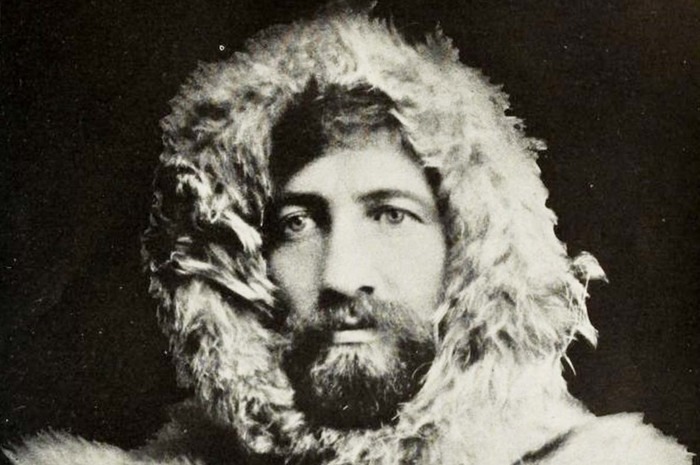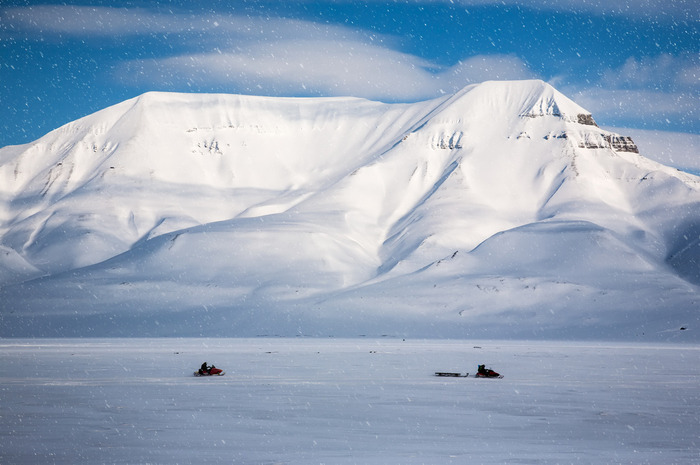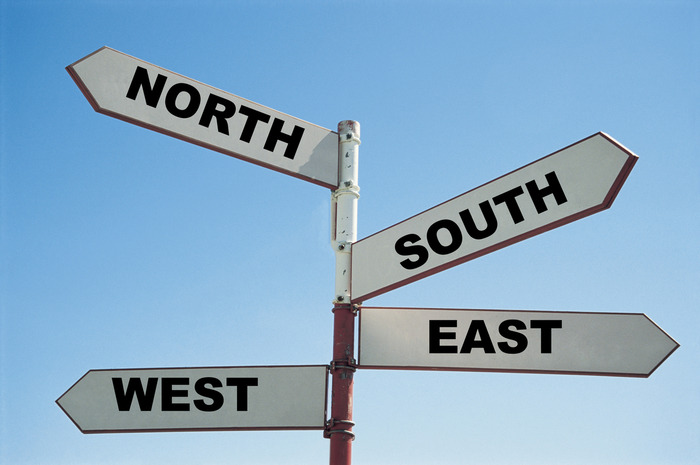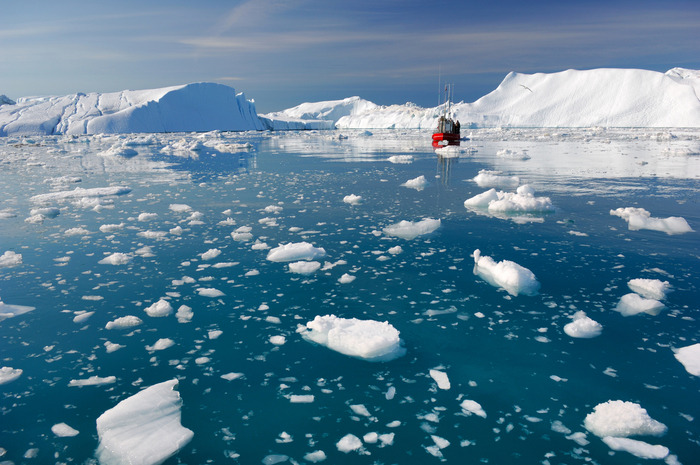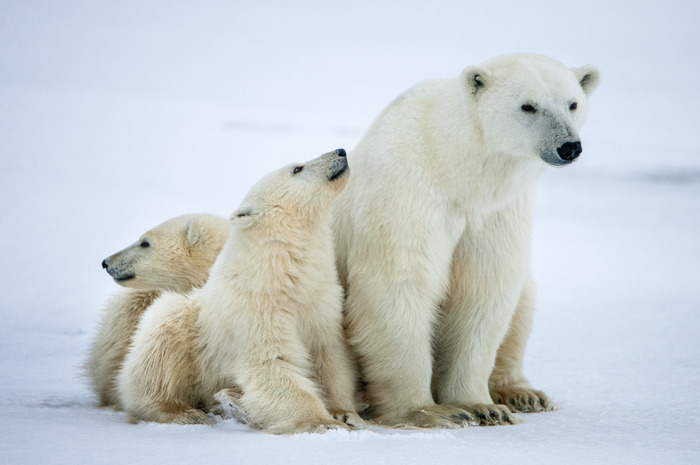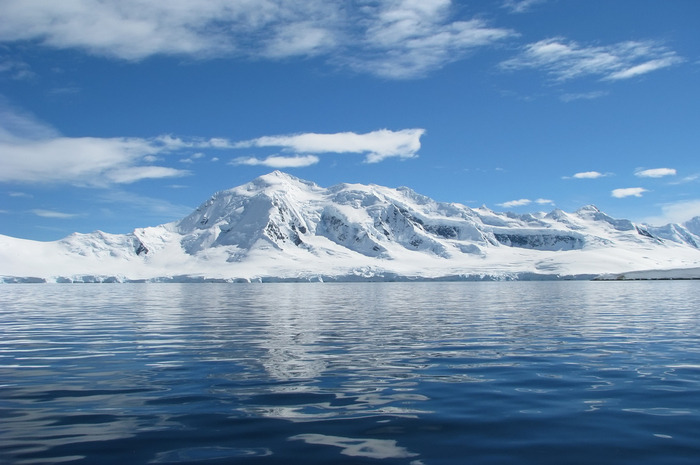16 Things You Never Knew About The North Pole
16 Things You Never Knew About the North Pole
The North Pole is a mythical region. Chances are that the one thing you do know is actually false. The Arctic is usually associated with Santa Claus. But he is not the only legendary character who has a special connection to the place. It is a hotbed for international intrigue that has to do with anything from oil reserves and politics, to unique winter adventures and extreme environments.
Who got there first is debatable
Was it Frederick Cook (pictured) in 1908 or Robert E. Peary in 1909? Both explorers claim to have been there first. Peary is widely credited as the "founder" but in 1988 a re-examination of his records concluded that his evidence never really proved his claim and suggested that he knew he might have fallen short.
There are several North Poles
We have the geographic north pole, also known as "true north." The North Terrestrial Pole is the fixed point that forms the axis on which the Earth spins. The North Magnetic Pole is the one direction the compass points wherever you are on the planet, and it changes every day. Then there is the less famous instantaneous north pole, where Earth's rotational axis meets its surface. A secondary magnetic pole is the north geomagnetic pole, the northern end of the magnetic field that surrounds the Earth.
It’s not always cold
Due to the Earth's tilt and orbit around the sun, the poles receive less energy and heat from the sun. This results in only two polar seasons—summer and winter. In summer at the poles, the sun does not set, and in winter the sun does not rise. The North Pole is warmest in July — 32 F. Temperatures in February drop to 31 F and 35 C below zero.
And it’s not the coldest place on the planet
The South Pole is. Temps there are – 71F on average in the winter. Both the Arctic (North Pole) and the Antarctic (South Pole) are cold because they don't get any direct sunlight. The difference is due to the fact that the North Pole (a foot above sea level) is surrounded by land, while the South Pole is land, sitting on top of a thick sheet of ice, surrounded by ocean.
The North Magnetic Pole has moved
You can go on expeditions as a tourist
The North Pole is not just for scientific research. It will cost you but it's possible. Quark Expeditions will take you on a 14-day adventure aboard 50 Years of Victory, the most powerful nuclear icebreaker in the world. The trip includes sightseeing by helicopter and a tethered hot-air balloon ride. Another option for 2017 is the exclusive 14-day sailing excursion, which includes all of the above plus meetings with researchers.
And relax in hot springs
Chena Hot Springs is not far outside Fairbanks, Alaska. The resort has a natural geothermal hot spring in a rock lake surrounded by nature. You can relax in it while enjoying the stunning Northern Lights. This is a nice way to warm up in the freezing Arctic Circle.
It’s rich on oil reserves
Some call it the "new cold war." As global warming melts polar ice, new possibilities are emerging for expedited east-west shipping lanes and an energy bonanza, according to National Geographic. The Arctic holds 13 percent of the world's undiscovered oil and 30 percent of its untapped natural gas. The five Arctic countries – Canada, Denmark, Norway, Russia, and the U.S. – have exploration rights to areas within 200 nautical miles of their coasts.
You can run a marathon
The annual North Pole Marathon is probably the coolest marathon you can run (literally, too) – temperatures are usually 22 degrees below zero. Registration is now open for April 8, 2018, on a first come first served basis. The 2017 race field is full. On the opposite side of the world is the Antarctica Ice Marathon, recognized by Guinness World Records as the Southernmost Marathon on Earth.
No time zone
It's your time there – no particular time zone has been assigned. Who needs a different time since the sun doesn't set or doesn't rise for six months at a time? This only happens once a year. Also, there is no permanent human presence there, which makes time zones irrelevant.
There is no land beneath the ice
There is a floating Arctic ice sheet that enlarges during colder months, reaching the size of the U.S., and melts to half its size in the summer. The size of both has shrunk due to global warming. The South Pole, on the contrary, lies over Antarctica. The depth of the ocean at the North Pole is more than 13,123 feet.
No penguins live there
The confusion should be cleared once and for all – polar bears live in the North Pole, penguins reside in the South Pole. Birds that look like flying penguins – they are called auks, guillemots, and puffins – have been seen in the Arctic Circle.
It’s dark/bright 6 months at a time
This is due to the angle that the top portion of Earth receives sunlight. In the winter, the sun is so far below the horizon that it doesn't come up at all for months at a time. So the days are just like the nights—cold and dark, NASA says.
Santa’s shop isn’t on the North Pole
Don't tell the kids until they are grownups, but Santa's workshop is actually in nearby Lapland, Finland. Finland is often referred to as the original home of Santa Claus because of the world famous Santa Claus village in Rovaniemi where you get to "meet" him and watch his elves work.
And he is not the only legendary creature
This is where the legend of the unicorn still lives. The Narwhal is a small whale that habituates the water north of the Arctic Circle. One of its two teeth grows into a 10-foot long tusk. That's why the Narwhal is often referred to as the "Unicorn of the Sea." The horn was believed to be able to cure diseases and neutralize poison.
There is military activity in the region
In May Russia's military sent its special forces skydiving into the North Pole, causing worldwide confusion. They did fire exercises. There is no known military threat, but there is activity in the region. Russia now has a permanent structure on the 80th parallel in the far north Arctic. It has also built submarines to carry nuclear missiles, according to The Washington Post. The key bases for them are in and around Murmansk, facing directly toward the North Pole.
